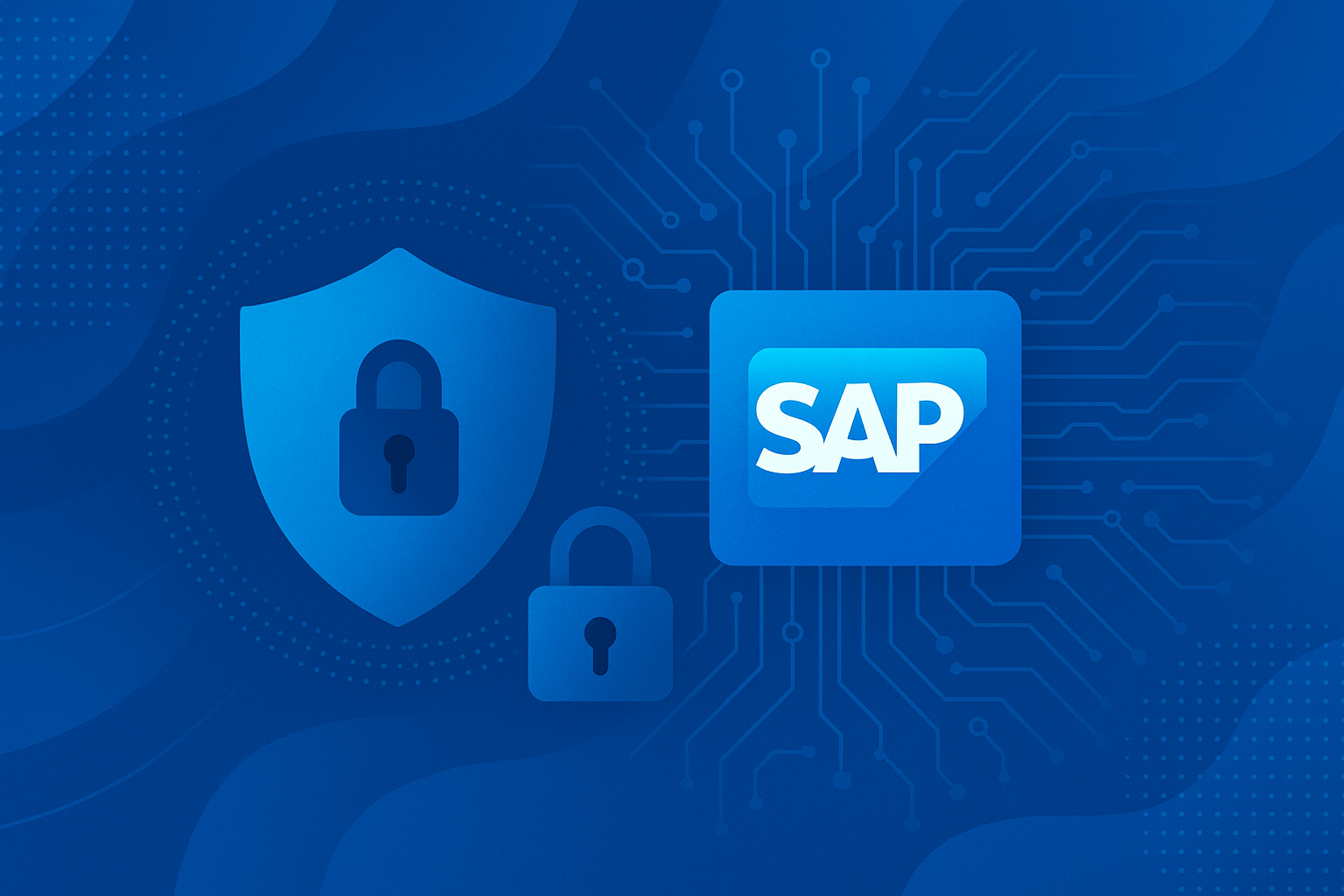SAP Custom Transaction Codes: ToggleNow Delivers Secure, Audit-Ready SoD Overhaul
Meet the Authors
Key Takeaways
Custom transaction codes in SAP environments introduce risks such as segregation of duties violations and unauthorized access, necessitating a structured remediation approach.
ToggleNow's project with a global luggage manufacturer highlighted the importance of automated solutions for identifying and addressing risks related to custom codes, ultimately enhancing compliance and reducing audit risk.
Effective governance of custom codes has become a critical security concern, requiring organizations to implement best practices like annual reviews, centralized code management, and the establishment of standard operating procedures.
SAP environments often depend on custom transaction codes to simplify complex business processes. However, these customizations can subtly create serious risks such as segregation of duties (SoD) violations, unauthorized access, and fraud. In a recent project with a top global luggage manufacturer, ToggleNow showed how a coordinated and automated approach can not only spot and reduce such risks but also help clients prepare for audits in just 60 days.
A Strategic, Phased Methodology
The client, managing a large SAP S/4HANA environment, had accumulated numerous custom transaction codes over the years. The absence of centralized oversight led to a fragmented system landscape. ToggleNow began the engagement by creating a complete inventory of custom codes across all modules, using its proprietary transaction code analyzer. The company then recommended SAP Solution Manager’s Custom Code Lifecycle Management (CCLM) to monitor code usage, retire obsolete items, and enhance overall code quality.
Over a 12-week project timeline, ToggleNow worked with business process owners and SAP administrators to map custom transactions against authorization checks, SoD frameworks, and audit concerns. Its toolset, including the SoD analysis platform, enabled one-click updates to rulesets that adapted to changing business needs. Each custom code was evaluated for its role in potential SoD conflicts, vulnerabilities (such as backdoors), critical function exposure, and audit deficiencies.
Explore related questions
From Analysis to Remediation
After a thorough risk assessment, ToggleNow provided a comprehensive remediation plan. Major recommendations included redesigning and splitting SAP roles, implementing mitigating controls, reviewing user access levels, and deploying improved monitoring systems. Unused or vulnerable custom codes were removed, while critical but risky codes were better controlled.
By the end of the project, the manufacturing client had:
- Identified and eliminated high-risk or outdated custom transaction codes
- Updated its SoD rulebook to align with current business processes and audit standards
- Reduced the risk of unauthorized access through role redesign
- Gained insight into transaction-level risks using usage trend analytics
- Established SOPs for creating new custom codes
According to ToggleNow, these benefits were achieved with minimal disruption to operations. Audit compliance was accomplished within two months.
What This Means for SAPinsiders
Automated SoD remediation lowers audit risk and accelerates compliance. For technology leaders managing complex SAP environments, this ToggleNow case study highlights the increasing need for automated solutions that can identify and fix risks related to custom transaction codes. As more companies tailor SAP to specific business needs, embedded governance for custom transaction codes becomes essential for maintaining security and compliance.
Enterprises should evaluate SoD tools that support quick ruleset updates. SAP professionals assessing risk analysis solutions should focus on tools that provide seamless integration with SAP Governance, Risk, and Compliance (GRC) systems, flexible ruleset management, and customizable analytics dashboards. ToggleNow’s platform, for example, enables business owners and auditors to perform SoD risk analysis using real-time transaction data. Other vendors also offer features in this area, but they often vary in SAP-native integration levels and automation for remediation. The best solution will combine speed, audit readiness, and minimal disruption to business operations.
Custom code governance has become a security concern at the board level. As digital transformation speeds up, organizations face increased internal and regulatory scrutiny on access governance, especially for customized systems. Best practices for integrating SoD analysis into SAP include performing annual reviews of custom code usage, centralizing code lifecycle management with CCLM, and setting up SoPs for new transactions. ToggleNow’s success with a global manufacturer demonstrates that proactive governance, supported by automation, can lower risk, make audits easier, and enhance overall ERP health.






